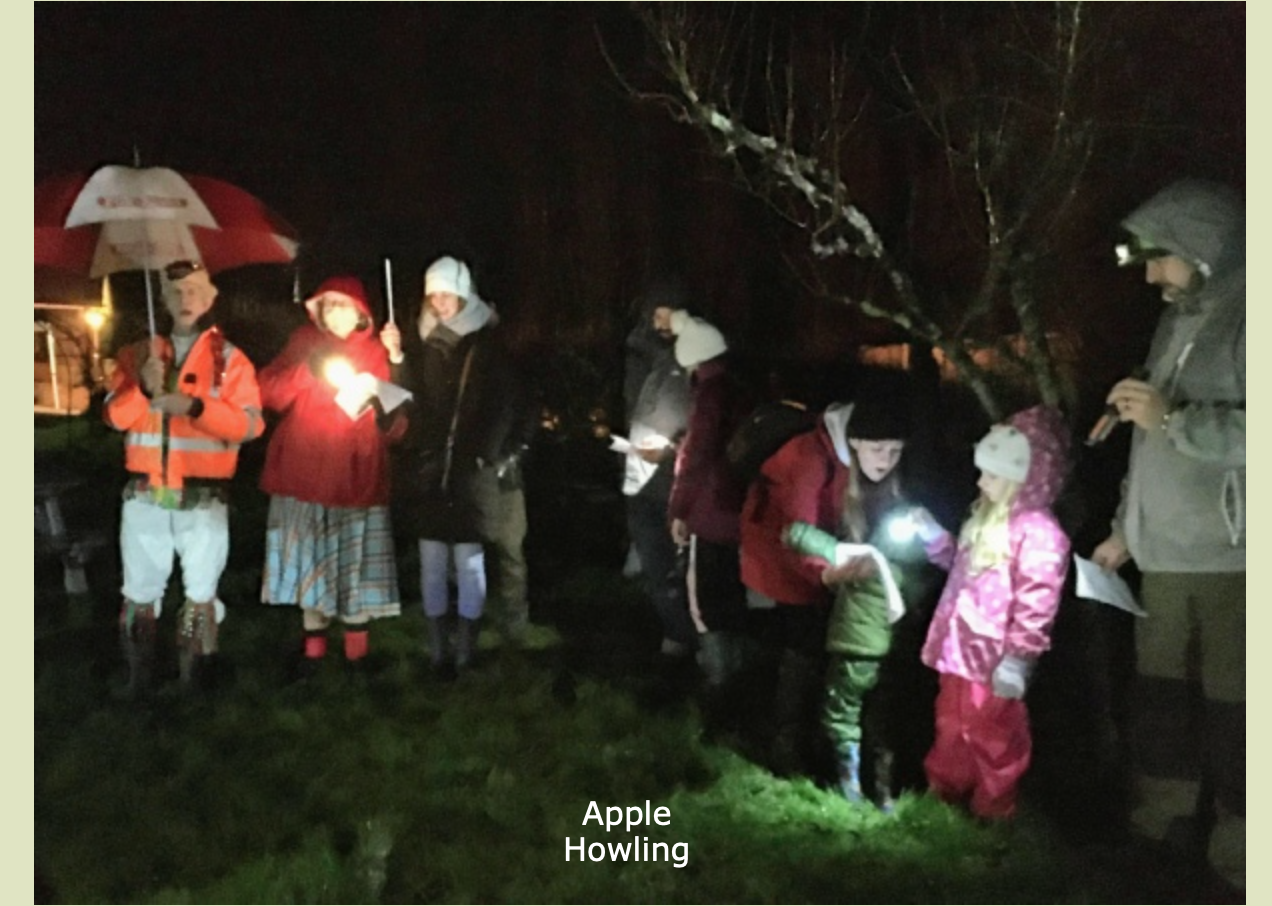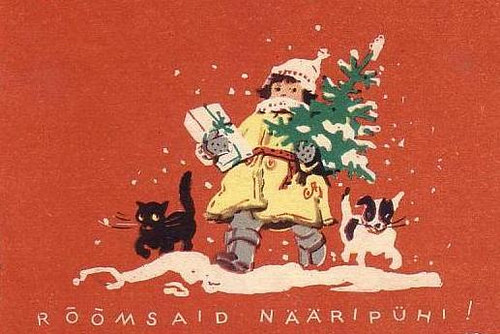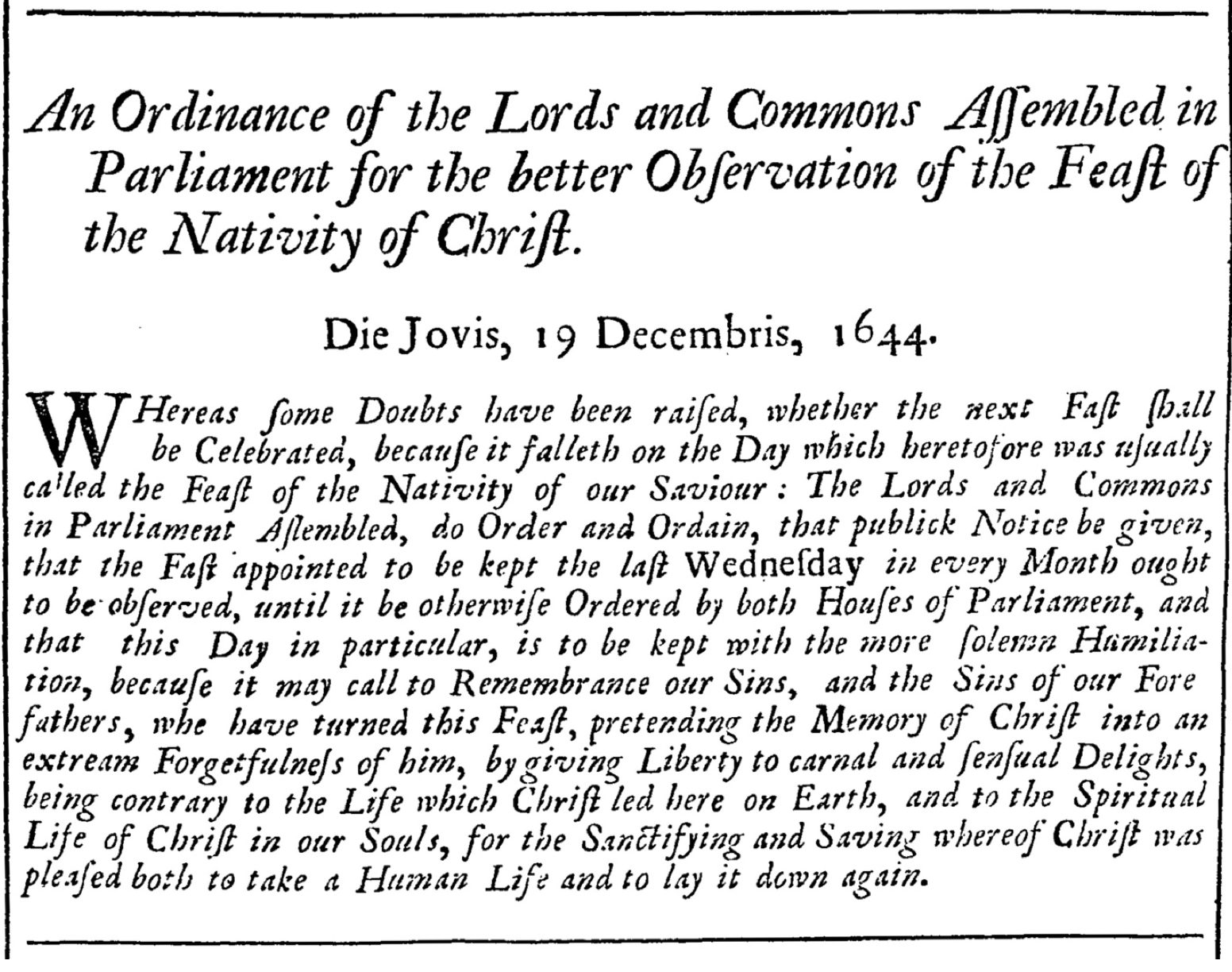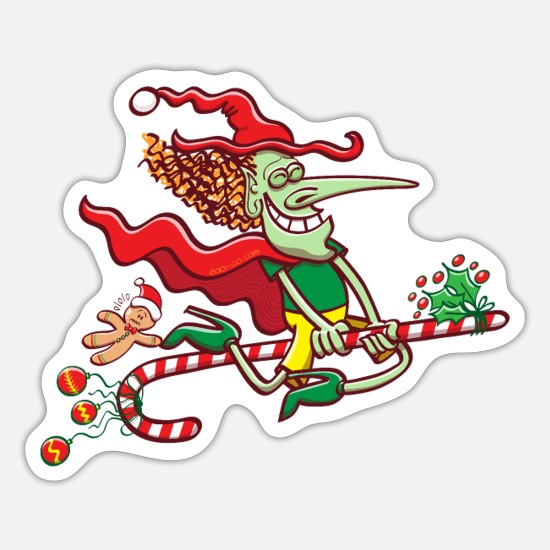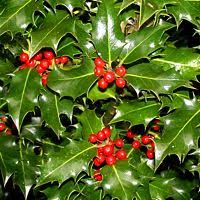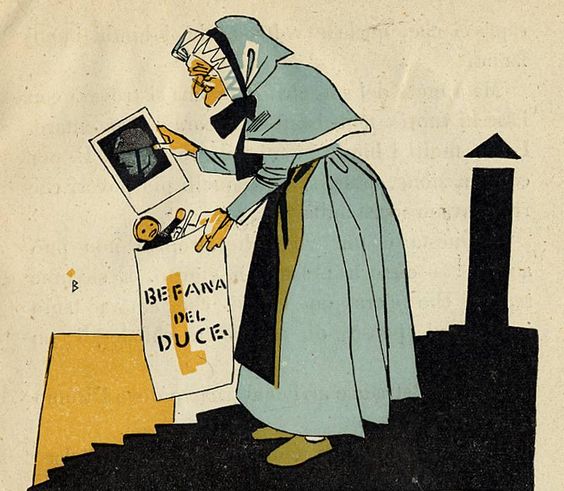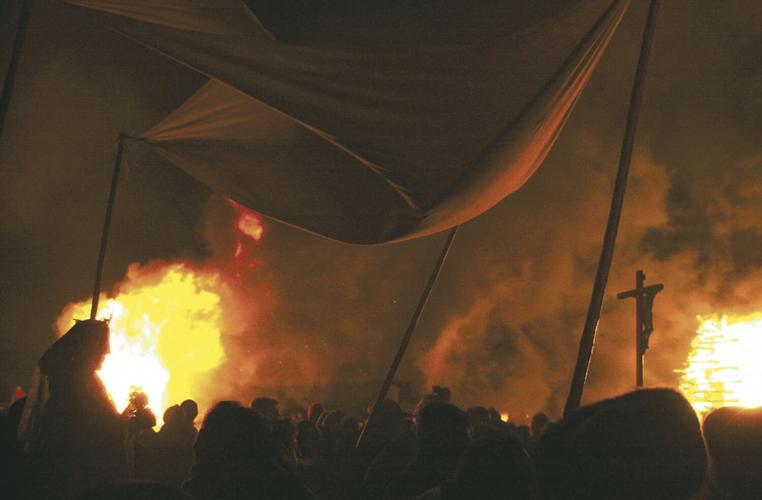
In many parts of the world Christmas is associated with gunpowder: fireworks and firearms have been “shooting in” the holiday for centuries.
One reason for this is the belief that demonic forces can be driven away with loud noises. The ringing of bells, snapping of whips and shouting are all very well but for for real devil-dispersing noise many Germans rely on rifles. In southern Germany marksmen’s clubs in traditional costume gather on Christmas Eve to fire off antique rifles at midnight. In Berchtesgaden in the Bavarian Alps before midnight mass, 60,000 shots are fired in the space of one hour. In the southwestern United States the parishioners of the Church of San Geronimo at Taos Pueblo carry the statue of the Virgin in a procession accompanied by an honour guard of men in ceremonial dress who periodically fire into the air in order to protect the Virgin and chase away evil spirits. [See photo above] In rural areas of Norway shooting in Christmas takes the form of young men sneaking up to farm houses and discharging their guns to give the inhabitants a shock before being invited in for a drink. Every December 8 in Torrejoncillo, Caceres, Spain the youth of the town wrap themselves in sheets, carry the banner of the Virgin and ride through the streets shooting off shotguns to the cheers of the populace. In Ireland it was once the custom to fire a salute from a shotgun at noon on Christmas Eve.
An account of Labrador in 1770 reads: “At sunset the people ushered in Christmas, according to the Newfoundland custom. In the first place, they built up a prodigious large fire in their house; all hands then assembled before the door, and one of them fired a gun, loaded with powder; afterwards, each of them drank a dram of rum; concluding the ceremony with three cheers. These formalities being performed with great solemnity, they retired into their house, got drunk as fast as they could, and spent the whole night in drinking, quarrelling, and fighting.” A similar Newfoundland custom was Blowing the Pudding.
Christmas in the southern United States is a more popular time for fireworks than July 4 as can be seen from the numerous displays south of the Mason-Dixon line. The most spectacular are probably in Louisiana where the feux de joie(fires of joy) are a traditional part of Cajun Christmas Eve. Huge wooden structures in the form of riverboats, houses and teepees are set on fire, ostensibly to light Papa Noël’s way to the bayous. During the days of slave-owning, slaves would inflate a pig bladder and then explode it in lieu of fire-crackers.
Fireworks are a part of Christmas celebrations all through Latin America but who would have thought they were once a part of the holiday in Switzerland? One worshipper complained in the nineteenth century about a church service where the Christmas tree was decorated with “serpent squibs” and where it was “difficult for the minister to conduct the service, for at all times, except during the prayers, the people were letting off fireworks.”

